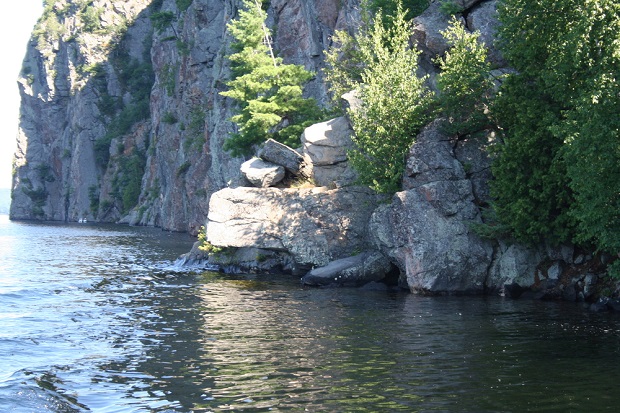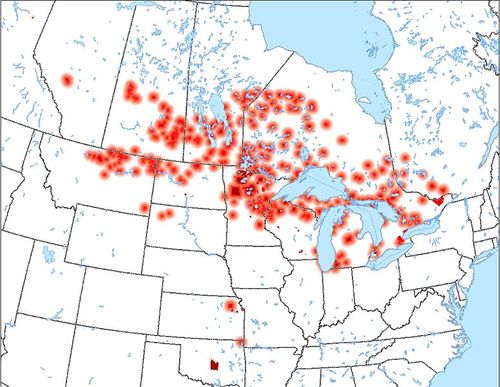Ardoch Algonquin First Nation
History

Omàmìwininì history dates back for thousands of years which will be explored in the blog Re-storying Omàmìwininì History and Relationships which follows this page. Many believe that after our creation as people we lived on the eastern seaboard in the Gaspe Peninsula and that over a long period of time we migrated west following the giant Megis shell that appeared along the way. This migration came as part of a prophesy called the Seven Fires. Elder William Commanda held the wampum belt which recounted this history and the seven stopping places where Anishinàbe people camped and rested and many stayed. Thus Anishinàbe homelands cover a vast amount of land in North America.
For Omàmìwininì this journey ended in the valley of the Kiji Sìbì and its tributaries. Over thousands of years, Omàmìwininì people established an intimate relationship with our homeland and developed particular knowledge about how to live and survive in an ecologically sustainable way. We came to know and understand the land, water, and other beings as relatives and through this process we developed a philosophical way of seeing the world which is called Pimàdiziwin. In the language this term refers to living a good life, in a good way. As Omàmìwininì people continued to grow and develop over this period we created a system of organization that allowed our people to maintain our relationships and responsibilities.

MAP OF ANISHINÀBE MIGRATION
Omàmìwininì communities in the past were largely organized around extended families who engaged with the natural world around them in annual cyclical patterns. In the winter, extended families lived together in close proximity on the tributaries off of the Kiji Sìbì where they trapped and hunted. During this long, cold period, many sacred narratives would be shared, including those of Creation and also of Wisakedjak. In the spring extended families would travel to the sugar bush to tap trees and process maple sugar, they would also travel to areas where pickerel come to spawn and would spear and dry fish as well. In the summer they would travel back down to the headwaters on the Kiji Sìbì where they would come together with other extended families. It is at this time that Grand Councils were held.
At the time of Champlain's arrival in the Ottawa Valley, he noted several communities living along the river that he recorded in his journals. One issue (yes, there are many) with Champlain's writings is his creation of the term "Algonquin", as a marker of identity for us as people. Obviously it seems to have stuck since many of us refer to ourselves by this term today. At some point after Champlain's arrival our ancestors ceased being Omàmìwininì in recorded history and became Algonquin. Every community today in Quebec and Ontario uses this as a maker of identity despite the fact that it isn't an Omàmìwininì term. There are around 10,000 people who self-identify as Algonquin who make up many different communities. Some are status under the Indian Act, with Canada defining who is a member and some are historic communities who continue to organize themselves around the extended family model wherein they determine their own membership. As a community, Ardoch Algonquin First Nation is in the second category. We are struggling to maintain our relationships and responsibilities in our homeland in a respectful way that promotes Pimàdiziwin.
In many respects, we are only here today because of the determination of our ancestors who fought to maintain what they could of a distinct ontology that carries forward the history of our relationships with the Natural World and other peoples. Elder Harold Perry said at one time that in his youth, his parents were just struggling to survive they didn't have the luxury of contemplating history or have the time to vision and dream a way forward. He said that they didn't have any way of doing this but that we do and that its our generations that have to make this happen and to create the future that we want. That generation of visioning and dreaming is now ours, just as it will be in the future for our children and grandchildren. Its now our responsibility to create the future that we want.
For more information on our history and relationships within our homeland please follow the blog on the next page, we will be posting many articles on a variety of topics related to the past so that we know where we came from. It is our view that this will help us move forward and create a sustainable future for our families, community, and even our settler neighbours.
Source: http://www.aafna.ca/overview-ofomamiwinini-history
Magazine
No information